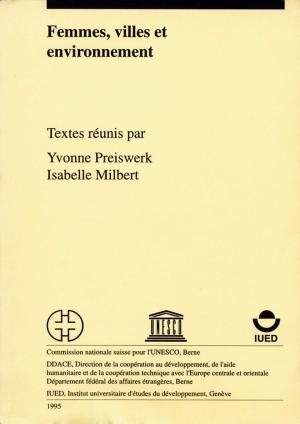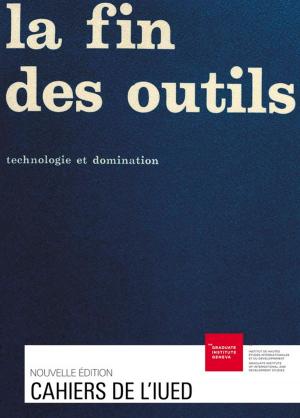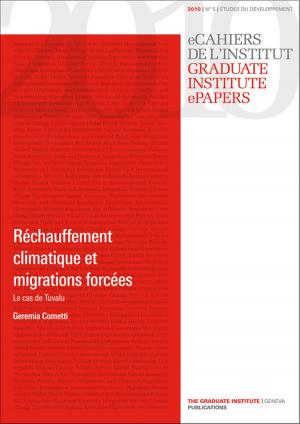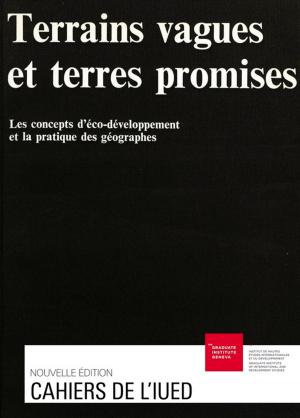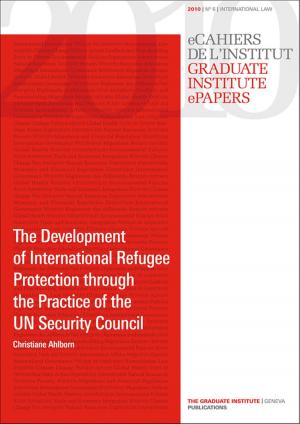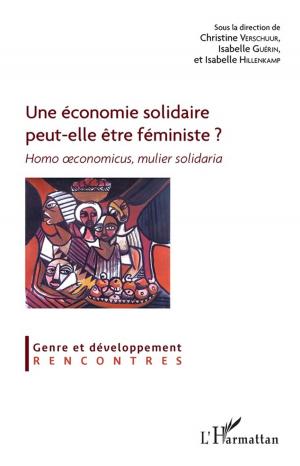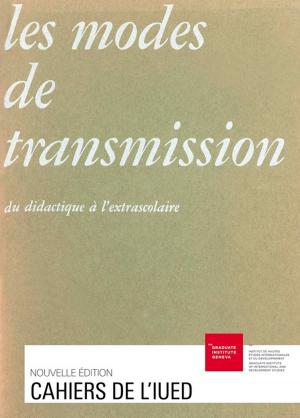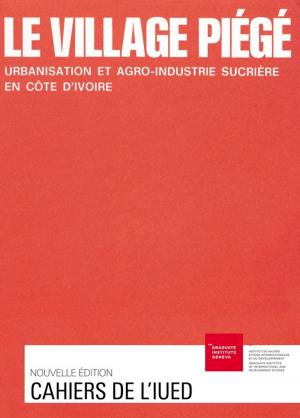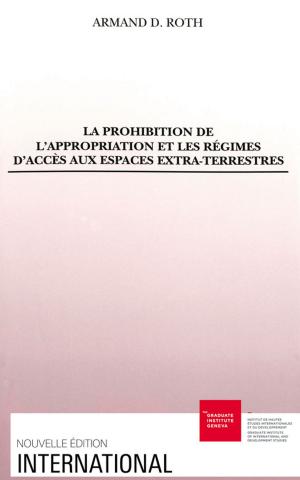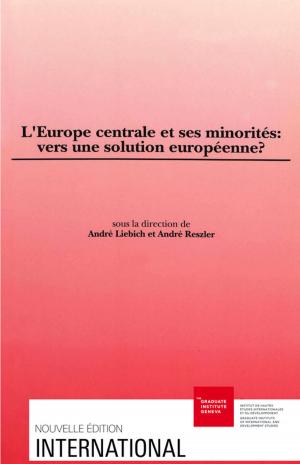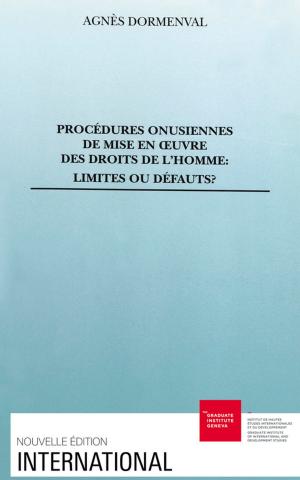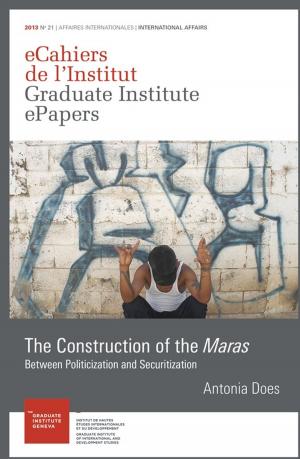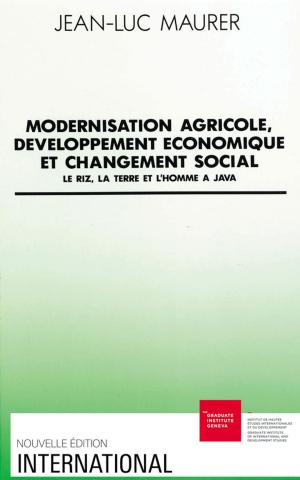Tired of Being a Refugee
Social Identification among Young Palestinian Refugees in Lebanon
Nonfiction, Social & Cultural Studies, Social Science, Cultural Studies, Minority Studies| Author: | Fiorella Larissa Erni | ISBN: | 9782940503148 |
| Publisher: | Graduate Institute Publications | Publication: | January 24, 2013 |
| Imprint: | Graduate Institute Publications | Language: | English |
| Author: | Fiorella Larissa Erni |
| ISBN: | 9782940503148 |
| Publisher: | Graduate Institute Publications |
| Publication: | January 24, 2013 |
| Imprint: | Graduate Institute Publications |
| Language: | English |
After six decades of protracted refugeehood, patterns of social identification are changing among the young people of the fourth refugee generation in the Palestinian refugee camp Burj al-Shamali in Southern Lebanon. Though their identity as Palestinian refugees remains the same compared to older refugee generations, there is an important shift in the young refugees’ relationship towards the homeland, their status as refugees, Islam, the camp society, as well as in their relationship towards religious or ethnic “others” in and outside Lebanon. This ePaper examines how technology, globalisation and outside influences have impacted the young Palestinians’ interpretation of their identity and their understanding of Palestinianness. The author concludes with reflections on the young refugees’ attitudes towards their Palestinian identity in the diaspora, which, as she argues, can only survive when the young refugees see their identity as a virtue rather than as a hindrance.
After six decades of protracted refugeehood, patterns of social identification are changing among the young people of the fourth refugee generation in the Palestinian refugee camp Burj al-Shamali in Southern Lebanon. Though their identity as Palestinian refugees remains the same compared to older refugee generations, there is an important shift in the young refugees’ relationship towards the homeland, their status as refugees, Islam, the camp society, as well as in their relationship towards religious or ethnic “others” in and outside Lebanon. This ePaper examines how technology, globalisation and outside influences have impacted the young Palestinians’ interpretation of their identity and their understanding of Palestinianness. The author concludes with reflections on the young refugees’ attitudes towards their Palestinian identity in the diaspora, which, as she argues, can only survive when the young refugees see their identity as a virtue rather than as a hindrance.

